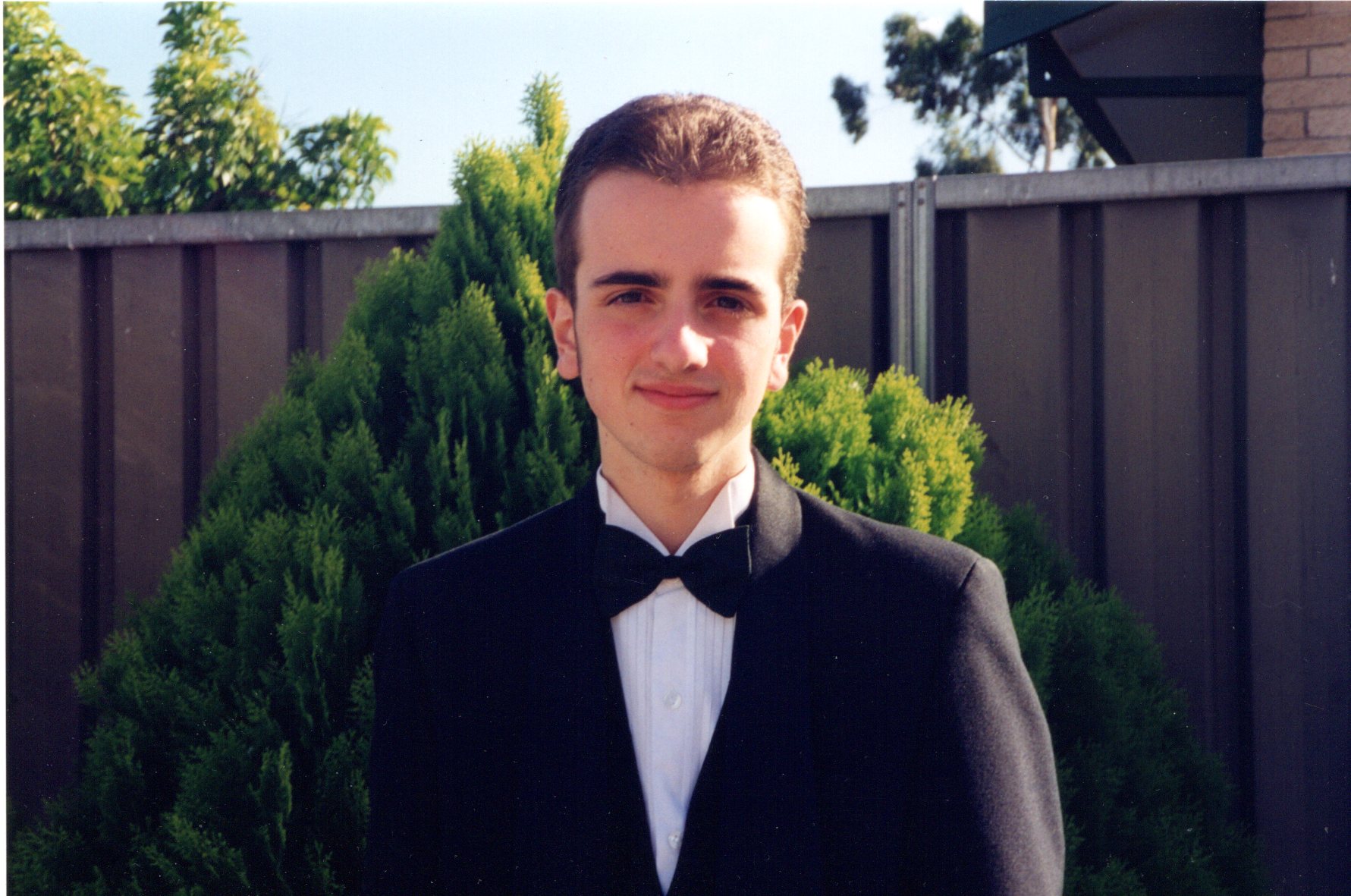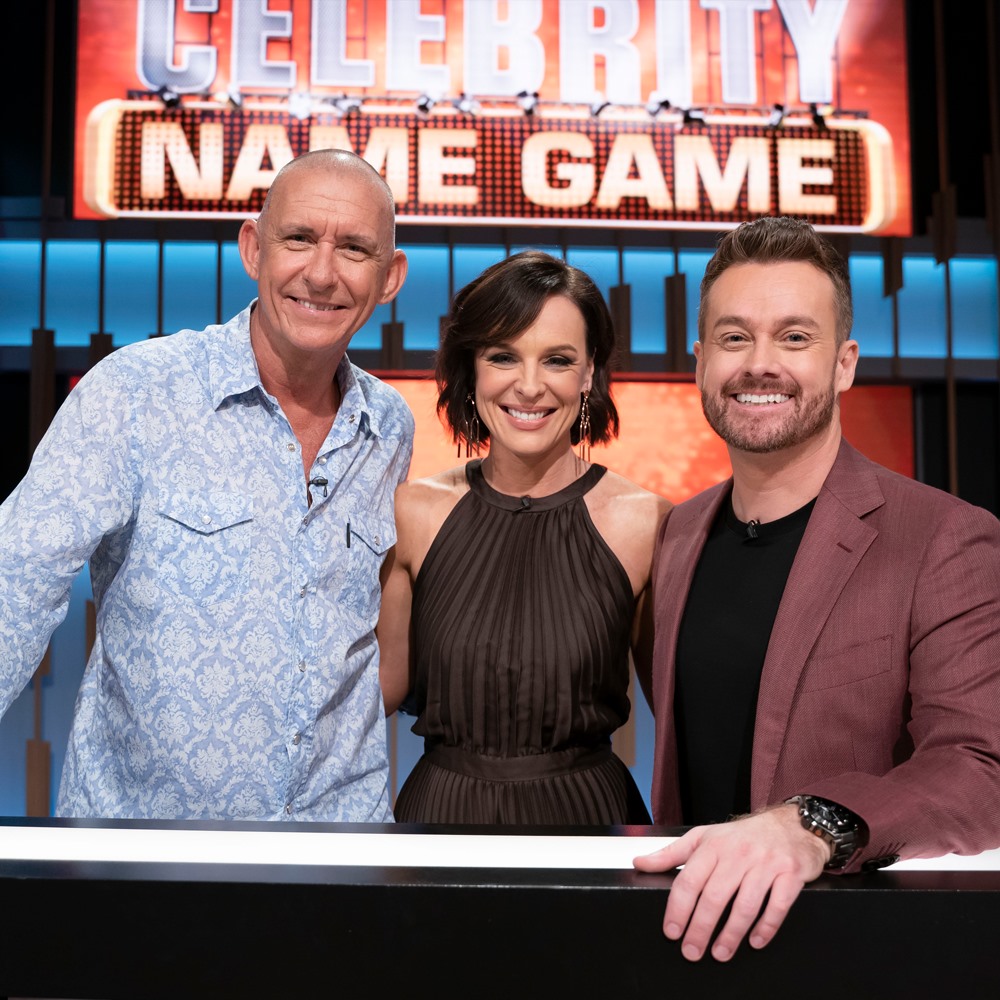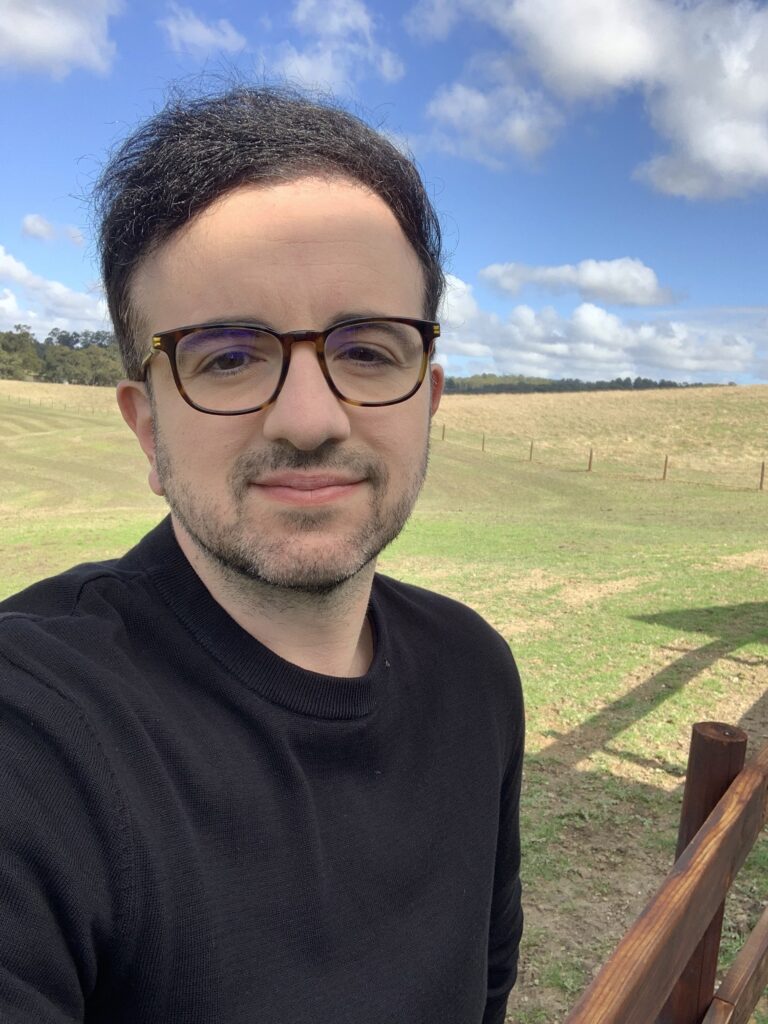 Last year, I turned 40. I write that with some trepidation even after several months. Strangely, though I’ve never really tried to hide my age on this blog – my references to Police Academy and A Country Practice kind of give it away – I do feel a little vulnerable putting it out there. Turning 40 sounds like, and I guess it was, a big deal.
Last year, I turned 40. I write that with some trepidation even after several months. Strangely, though I’ve never really tried to hide my age on this blog – my references to Police Academy and A Country Practice kind of give it away – I do feel a little vulnerable putting it out there. Turning 40 sounds like, and I guess it was, a big deal.
Unlike my 30th where I had a rather extravagant party, I decided to keep it low-key and host some smaller events with various friends. Bob surprised me with a weekend away in the Adelaide Hills on an organic farm in what’s called a tiny house. We arrived late when the sun had gone down, and after fumbling around for the light switches in the pitch black, the house revealed itself to be charming, not so tiny, and well-equipped. Bob heated dinner, I opened the chardonnay, and we settled in to watch the Eurovision semi-finals. We did pretty much the same thing on our first trip away over 10 years ago! The next day we had a leisurely start before meeting friends who had driven up to meet us for lunch at a winery. An evening of cheese and (more) wine on the deck followed. Best of all the paddocks surrounding the house had cows! Such fun!
Going away made my birthday feel a little gentler. It’s strange that when I was a teenager, I couldn’t wait to be older. I loved the idea of having what I saw as stylish (early-2000s) “adult” clothes, renting an apartment with beautiful floorboards and an impressive view, and hosting dinner parties where the conversations would be meaningful, stimulating and, most important, sparkling. I wanted to be old enough to say things like, “We’ve known each other for three decades!” or “I did that 20 years ago”, when referring to friends, colleagues, and experiences. I never really felt like a teenager at the time, although in some ways, compared to my friends, I had the most growing up to do. Have you watched the animated TV-series BoJack Horseman about an anthropomorphic actor horse? There’s a character, Vincent Adultman, who is catfishing (I wrote that without realising, I swear) BoJack’s Hollywood agent, Persian cat Princess Caroline. In reality, Vincent is three children hiding under a trench coat standing on each other’s shoulders. Substitute a trench with suede jacket and corduroy pants and you kind of having me in my late teens, trying to play grown up.
In the weeks leading up to my birthday, I surprised myself by how anxious I was to be turning 40.
Turning 40 really brought into sharp focus that there isn’t infinite time. I know that’s not a particularly groundbreaking reflection, but when you’re younger, it seems like you have nothing but time. Remember those summers off school when the clock moved ever so slowly? We’d lie on the couch or the cool tiled floor (this is Australia) watching the summer cricket and reruns of TV shows on hiatus. Later at university, it didn’t feel indulgent to pass weeks doing very little of anything other than partying and drinking nights away. There would be enough time to figure out what you wanted to do with your life. There was oh so much time to explore options and people, even if, for me, that meant bouncing from bad relationship to bad relationship until, not a moment too soon, I experienced some insight into my patterns. Up until I was in my 30s, it felt as if life could be a series of vignettes, rather than putting together something that in the cold light of day would look and feel rounded and whole.
The year I turned 30, I wrote an email to my mentor and friend, Professor Rosalind Cartwright, about how it seemed time was drifting. Her response was very impactful. She wrote back to me advising, “Spend your young adulthood wisely so that in the following decades you will have something valuable to do that lasts”, ending with “I saw promise in you that needs to be a focus so that time does not continue to slip away”.
Professor Cartwright’s advice spurred me to action, and I got busy. I started meeting certain goals that are deemed appropriate in the area in which I was working, such as publishing a certain number of papers and winning grants. However, I don’t know if I quite got her advice then. I felt a dissonance between what I was supposedly accomplishing and what I really felt. I saw little meaning in what I was doing, was dissatisfied, and believed that after so much supposed promise, I was treading water. At that time, I unconsciously kept doggedly pursuing my goals, but didn’t understand why I was frustrated or felt trapped.
It was several years before I truly started to understand, in part thanks to a good therapist, that fulfilment – be it in work, home life, or in relationship with oneself or others – comes from living life in line with one’s values. Goals should be underpinned by values, rather than goals being seen as a proxy for knowing one’s values; or as an end in themselves. “Something valuable”, as Professor Cartwright put it, is something that allows you to live authentically, from which you derive satisfaction, and that helps you get out of bed in the morning. Something valuable, as I’ve come to define it, is also something that is an important, but not disproportionate, part of one’s overall life satisfaction.
I do need to say that I am now somewhere where I enjoy working and find the work fulfilling. But I have to admit that I feel those late-20s, early 30s years could have been spent better. Turning 40, I couldn’t stave off the feeling that there were some wasted and lost years in the wilderness that I could never get back.
My therapist once told me that they thought I derived a lot of my identity from work, rather than it being a proportionate part of who I thought I was. Eckhart Tolle wrote in A New Earth about how rather than seeing a job or even being a parent as something we “do” or a function we fulfill, we can confuse these roles with our identity. Unease comes when the role ends, changes or, in my case, isn’t fulfilling. We can start to question, “Who am I?”, or “Who am I now?” I am consciously working on not identifying so much with my work role, and feel I’ve made a bit of a breakthrough.
If I reflect on it, my disquiet had a lot to do with realising time is finite and overidentifying with an unfulfilling work identity, but there was another role or identity that I was struggling to let go of as I turned 40.
When I started working, so much of my identity and attitude towards myself came from how I thought others saw me. This is what Charles H. Cooley referred to in 1902 as the looking-glass self. I started my PhD at 21, and I was the youngest in the department by quite a few years. Submitting my thesis five years later and then starting a job as a postdoctoral researcher, I was still by a long shot the youngest person in the room. Sometimes I resented that because even though I worked hard over those years, I didn’t feel I was listened to or that others thought I had enough gravitas. I’d be lying, though, if I said there weren’t times when I did relish it. Colleagues were surprised or impressed with what I had done or the work I had produced “at your age”. That felt good.
While I haven’t been the youngest person in the room for a while, turning 40 did represent a more objective changing of the guard.
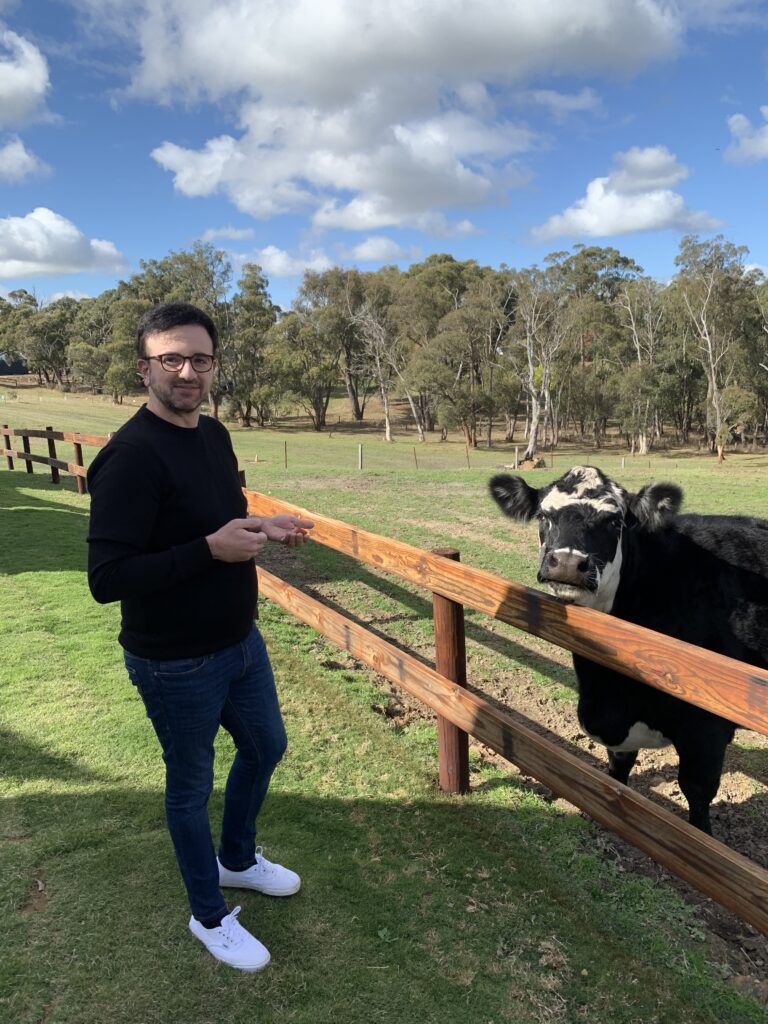
Over the past few months, I’ve started to look at turning 40 a bit differently. I’m reluctant to present to you a ‘Things I Know Now that I’m 40’ list. It’s seems a little indulgent and presumptuously generative. When reflecting on her legacy and waxing a bit nostalgic, Bette Midler caught herself and said something along the lines of, “But I’ve thought of my legacy since I was 21”. I feel the same, but that’s Bette Midler! Nonetheless, I will share with you some thoughts I’ve had over the last few months, and years. If nothing else, it will be an improvement on my ‘Things I Know Now that I’m 20’, which, if it exists, is most probably on a 3½-inch floppy disk and due to outdated technology, mercifully lost to time.
So, what’s it all about? First, there isn’t infinite time. That’s a good thing. Perhaps that means we need to make sure that we do as much as we can today, rather than think we’ll do it tomorrow. It’s not about quantity, but about understanding and doing what is meaningful to oneself. For me, to take Dr Russ Harris’ terms, it is contribution, creativity, and connection. I truly do believe that if we’re striving to live life in line with values, that’s not lost time. I didn’t know that I was striving, but during a lot of those unfulfilling years, I knew it didn’t feel ‘right’ and did what I could to try to figure out what I wanted.
People often tell me how busy I am – how much, as one friend puts it, I never “stop home”. Maybe that’s true, but if I can be as honest with you as I can, I feel that for so many experiences I have not really been in the moment because of the anxiety and other issues that have at times been a significant part of my life. They say to “Live, Laugh, Love”. I’m more of a “Ruminate, Rinse, and Repeat” kind of lad. There’s a definite feeling of not being present, but being on the outside looking in. I was very busy in my 20s and a good part of my 30s, and from the outside that might have looked fulfilling. But, even if others weren’t, I was aware that I could have been doing more. That’s not perfectionism talking, so much as a reflection on how many days have been spent on the couch, exhausted from thoughts. So much dissatisfaction from work came from it not being a good environment; other dissatisfaction was much more complex. Regardless, I can choose to see all this as lost time. Or I can see it as being a painful but necessary part of becoming more aware of what I want and value.
I don’t think our underlying or core values necessarily change as we get older, but their relative importance and how they are expressed might. Connection with others has always been so important to me. One thing that has changed over the last few years is the realisation that, while I want to accomplish and contribute something to the wider world, for me, true cherished memories are experiences shared with friends and family. Mindfulness during those times is challenging, but worth it. What has given me that sense of meaning of late? It’s dinner parties, lazy days on the beach spent with friends, cultivating a hydrangea, or baking a cake. Watching Police Academy with Bob and insightfully telling him, “Captain Harris really isn’t a villain. He just demands excellence of his recruits”. Now, that’s an insight I couldn’t have had in 1989. But guess what – I can now say about a friend, “I’ve known them for three decades”. Fortunately, I can also say, “So good to make a new friend”.
On the topic of friends. I think respect for others requires self-respect. I’m trying to be more respectful of people, and myself. I don’t want to make excuses, but at times when my head has not been in its best place, I haven’t always been so respectful of people’s time. I would cancel close to an event. Beyond feeling depleted, this action also comes from a lack of self-esteem. The voice inside my head was, I’m not feeling well. Why would they want to hang with me anyway? My company’s not that important, so what if I cancel? For that, I’m sorry.
I still think time does drift…in a way. In my early 20s, I fell out with a couple of people who were at that time important to me, and I let time drift because it seemed there’d be time. Then you look back and realise it was 20 years ago. As I approached 40, I reached out to a couple of them to say, “I’m sorry”. It wasn’t about wanting to shirk responsibility or an exercise in reciprocity, getting them to acknowledge in turn the role they had played. I didn’t even expect a response. It was because I truly felt sorry and wanted to unequivocally tell them that. I wasn’t the best person I could have been. The Vodka Cruisers didn’t help, either.
Understanding what makes us tick. I think the best work I’ve done on myself it to try to figure out who I am. Besides being and perhaps looking young, I think that a lot of those times that I wasn’t listened to in a meeting were because I didn’t know what I stood for or what I wanted. As my friend Donna has said on our podcast, others often don’t trust us when we don’t trust ourselves. I also deferred to others because I am a people pleaser. The people pleasing ran so deep that it wasn’t just hiding what I thought. Often it was not even knowing what I thought. Maybe they would have paid attention if I had had the courage of my convictions. Of course, it’s also possible that wouldn’t have made a difference because some of them struck me as the kind of people who don’t listen to women, people from a background that isn’t theirs, or the gay kid who wasn’t trying to run everyone down to derive his own identity. If that’s the case, more’s the pity. Listening and empathy can go a long way.
Ah, empathy! Empathy is what I research, and I love it. It’s messy, sometimes biased, but fundamental to who we are. Sometimes it’s the closest we can come to really knowing someone else. There’s another concept from psychology that I’ve always liked. It’s called openness to experience.
I feel so much more open to others’ experiences. From a young age, I was so focused on getting good grades and being academic that I didn’t realise the diversity of others’ experiences and perspectives that could so enrich my own life. I’m so fascinated by people telling me about their early years, their work, hobbies, and travels. I’m endlessly in awe of the baker who knocks my socks off with a delicious cake, the gardeners who have helped replenish my backyard, friends who are creative. Learning should be an end and not a by-product of striving for a good grade. Frankly, so much of academia is about convincing everyone else how great you are. I never really bought into that, but now I just want to listen to others and soak it all in.
I’ve often written about the relationship between empathy for others and our own self-understanding. It’s something I’d love to research in more depth, but have had difficulty finding collaborators; and what’s stopped me is taking to heart their thinking that it’s too hard to investigate. So, I’m planning to do it on my own. Regardless, turning 40 put into focus an experience I had a few years ago.
I had written a piece about a psychological concept called the spotlight effect, where adolescents become self-conscious and believe that everyone is watching them. I wrote about my experiences with the effect when I was younger. The idea for the piece was that in the age of social media, who’s to say this next wave of teenagers are incorrect? But what the piece became was an admonishing of younger people who focus more on cultivating an image than achieving something. I was quite pleased with the piece, thought it was funny, and even included references to people from the era in which I grew up. These were people I aspired to be like in charm, looks, or popularity. People like Dieter Brummer from the Australian serial Home and Away.
Quite pleased with myself, I showed the piece to a friend who has read a lot of my work for their feedback. A bit uncharacteristically, he was less than enthused, telling me gently but directly, “I’m not quite sure what the purpose of this is”. I kept working on the piece for some time before finally abandoning it.
I believe the reason the piece didn’t work was not because I was saying anything that wasn’t untrue about social media and some young people. It didn’t work because I was a man in his late 30s with an inner child that was raging at those younger than him who seemed to have so much attention thrown at them without even having to do anything.
As an adolescent, adulation from others never felt easy. People were not always kind about my weight – in either direction of the scale – or the mannerisms that they thought represented a particular identity that scared them. Compassion from others then was much needed. Now, I wasn’t being compassionate to those grappling for identity and taking a bite of a very tempting apple in the way of socially mediated love. In wanting to be more caring towards young people, I need to be more nurturing to my young, suede jacketed, corduroyed self. And to remind myself all is not always what it seems. The people I adored like Dieter had private experiences and feelings that I never could know.
I’ve realised that life doesn’t go the way you imagined it at 21. Career goals can go unfulfilled; priorities change; supposedly random events can change life in an instant. You lose people whose loss you feel so acutely sometimes you can’t breathe. This leaves you appreciating life even with an awareness of its fragility, but you are never quite the same. Longing for what cannot be is very real and very painful. There are days when you give into that pain and there are days when it’s with you, but you’re OK.
What will all our legacies be? That’s not for us to decide. All we can do is keep striving to accomplish what we want and what’s important to us. Time will take care of the rest.
Life, indeed, is different to what we imagine, and it can be splendid. I never did get that apartment in my 20s, but I have a house with lovely floorboards and a view of a park across the road where I have made memories with my new community of neighbours who have become very good friends. I do host dinner parties and I love how things I’ve collected over the years that are old – because I adore mid-century – get to be vibrant again and to be a part of new memories. How wonderful, too, that I can buy new things for my dinner parties that will have the mark of our history on them just by us enjoying them. So, go forth and proclaim on my behalf, “Bob, Adam needs more vases!” I also have a Bob…and a Lucy. How lucky am I?
Life does and doesn’t look like how I imagined it all those years ago. And I think that’s great.
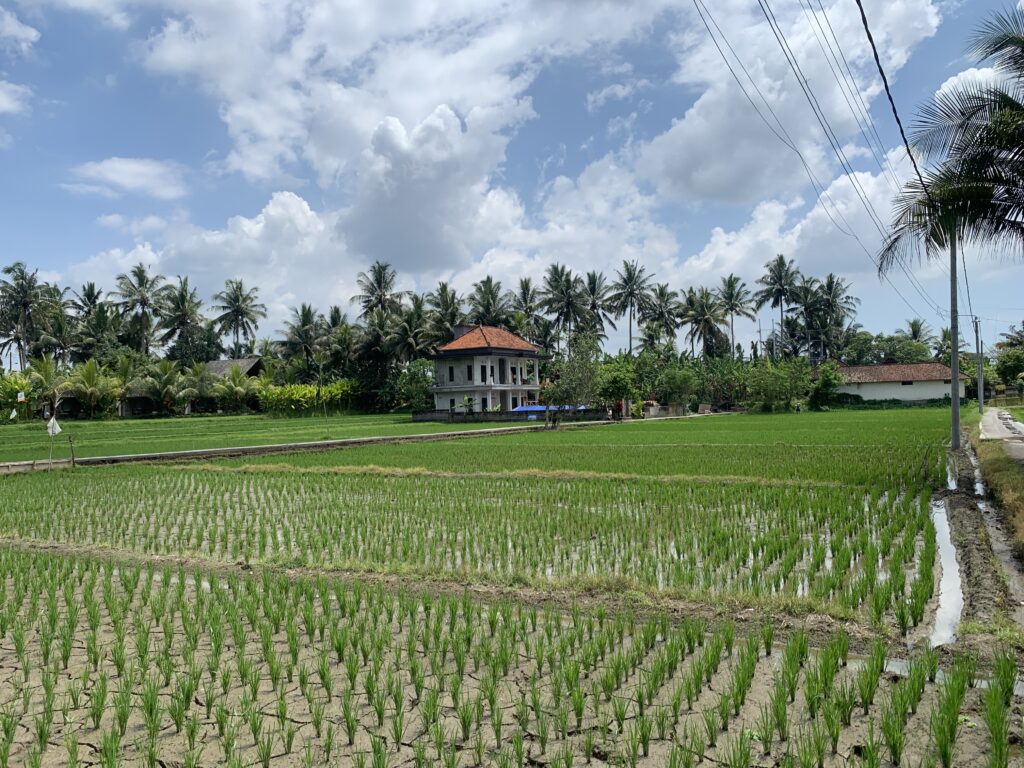
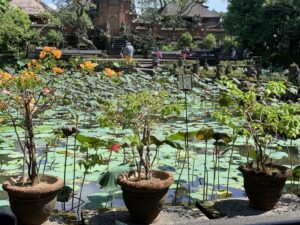
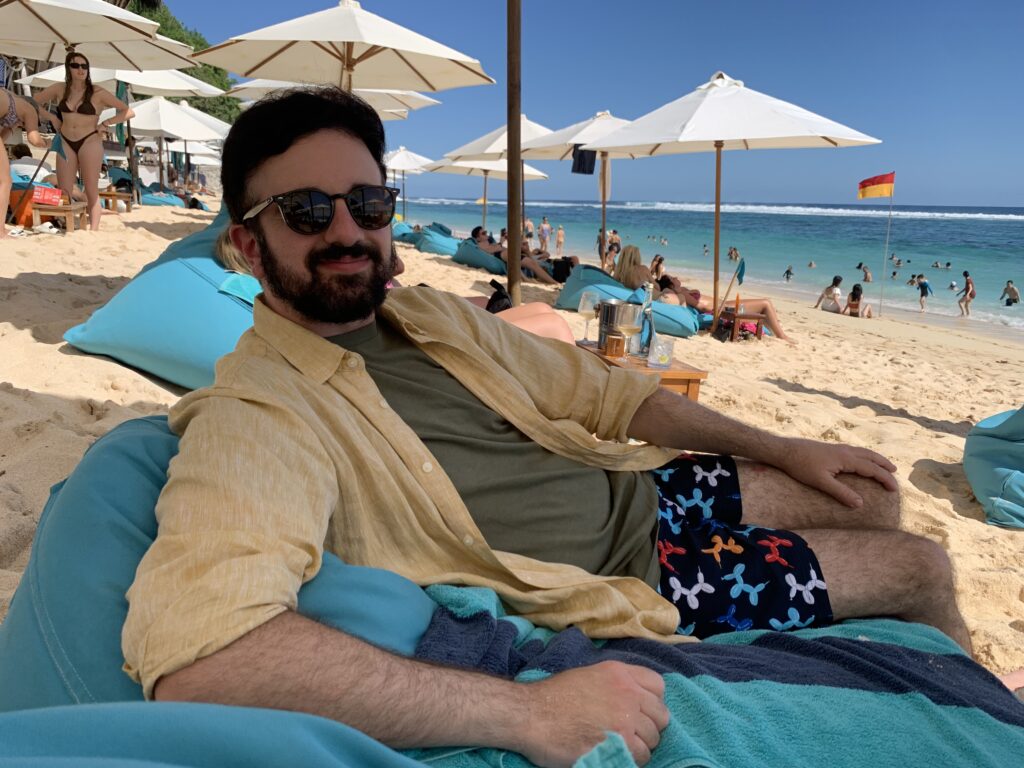
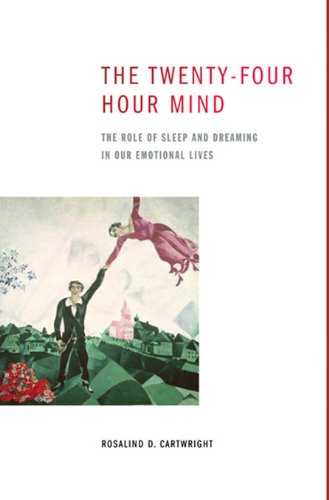 A couple of months ago, the editor of a journal that has published my psychology work multiple times let me know that the journal would cease publication at the end of 2020. This sent me into a passive sadness and fitful sleep for a couple of days, both of which many of us probably experienced at various times this past year.
A couple of months ago, the editor of a journal that has published my psychology work multiple times let me know that the journal would cease publication at the end of 2020. This sent me into a passive sadness and fitful sleep for a couple of days, both of which many of us probably experienced at various times this past year.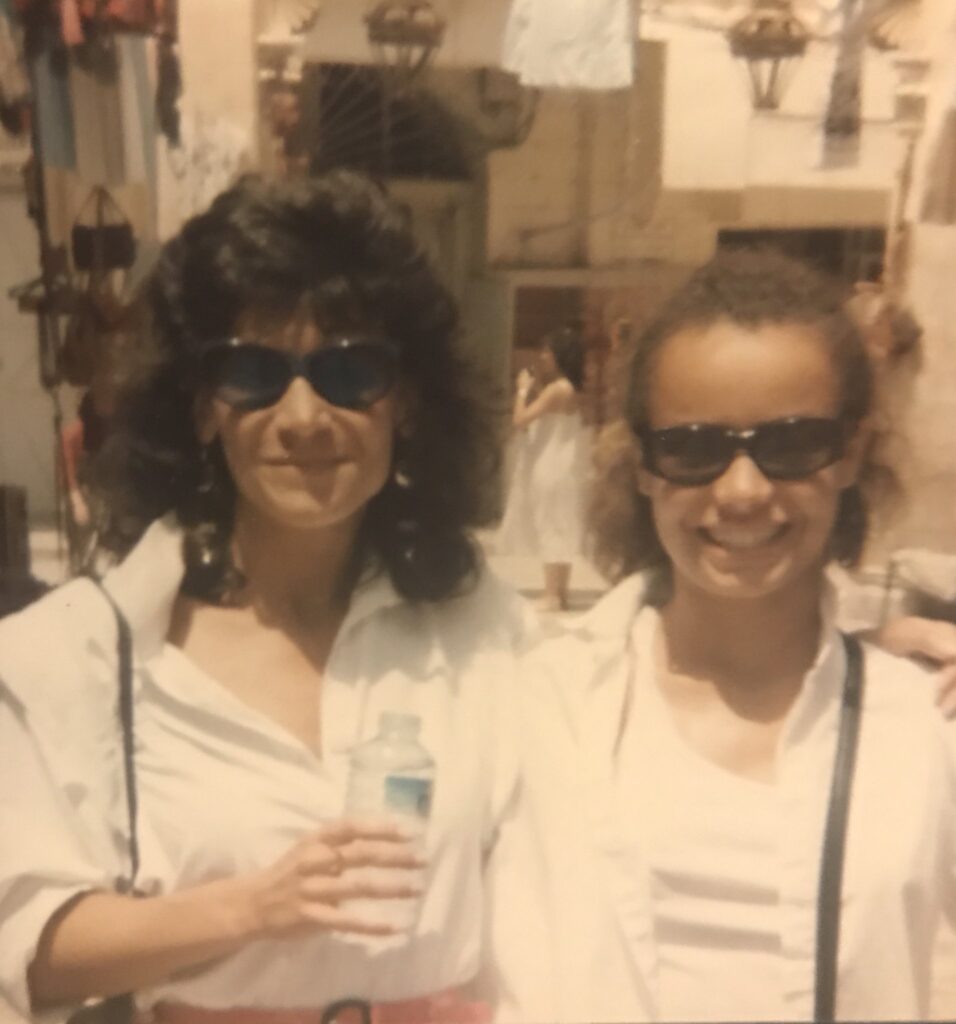
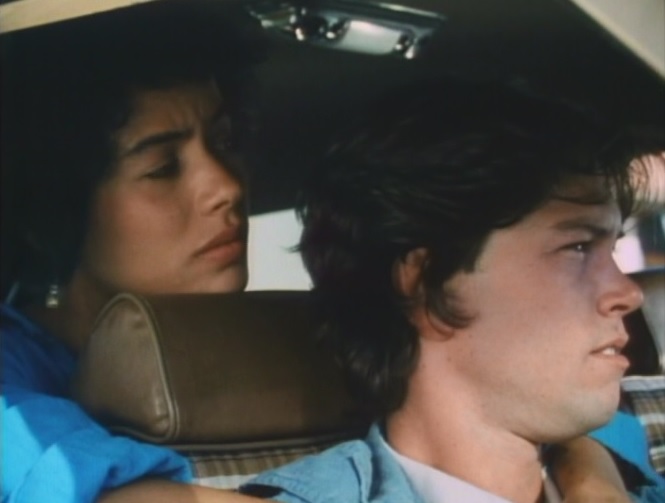

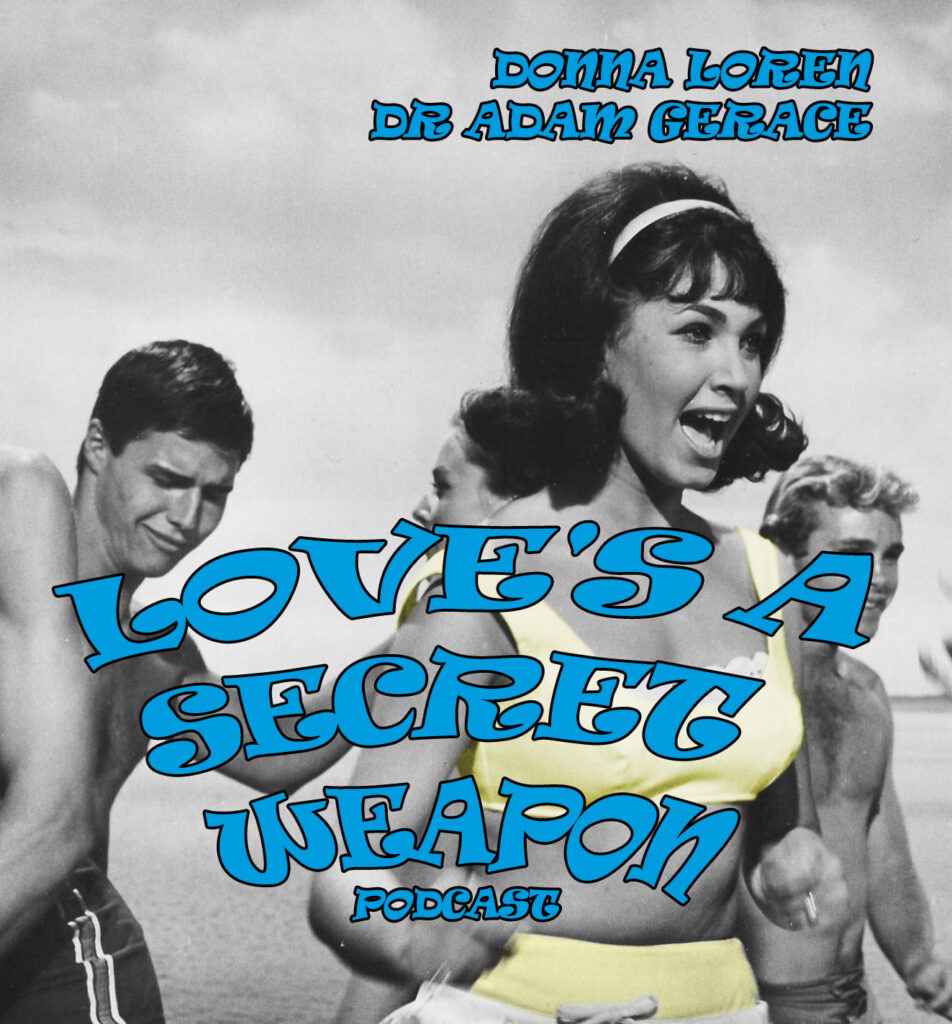 During the pandemic, we have not baked bread. Well, we did bake some banana bread one weekend, on account of a miscommunication where both Bob and I came home on different days from the supermarket with a bunch of overripe bananas. But we have not engaged in the more traditional loaf baking that everyone seems to have been doing. We also did very little yoga (Bob was more diligent with it than I was), and the only thing I planted in the garden was a hydrangea while friends tended to start veggie or herb patches. Gee, do we even pandemic?! Guess we are doing it wrong.
During the pandemic, we have not baked bread. Well, we did bake some banana bread one weekend, on account of a miscommunication where both Bob and I came home on different days from the supermarket with a bunch of overripe bananas. But we have not engaged in the more traditional loaf baking that everyone seems to have been doing. We also did very little yoga (Bob was more diligent with it than I was), and the only thing I planted in the garden was a hydrangea while friends tended to start veggie or herb patches. Gee, do we even pandemic?! Guess we are doing it wrong.
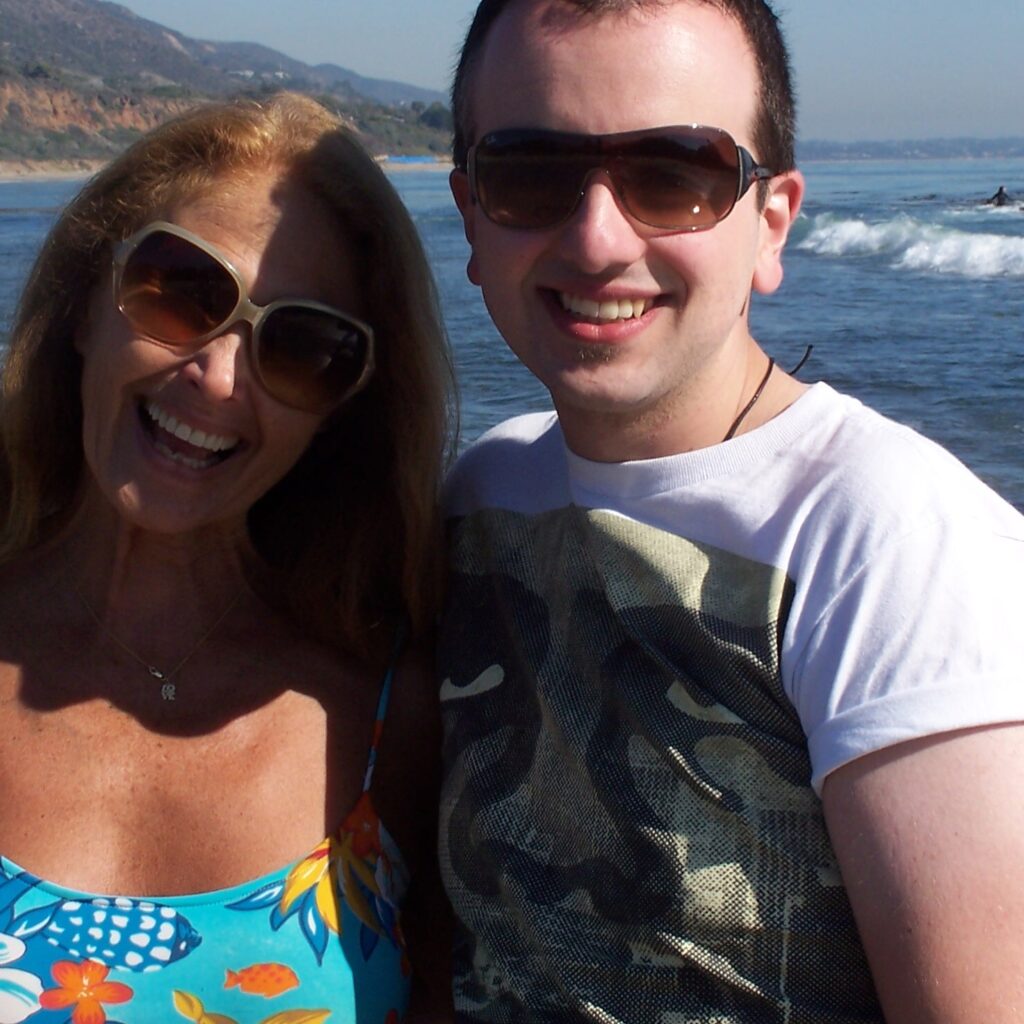
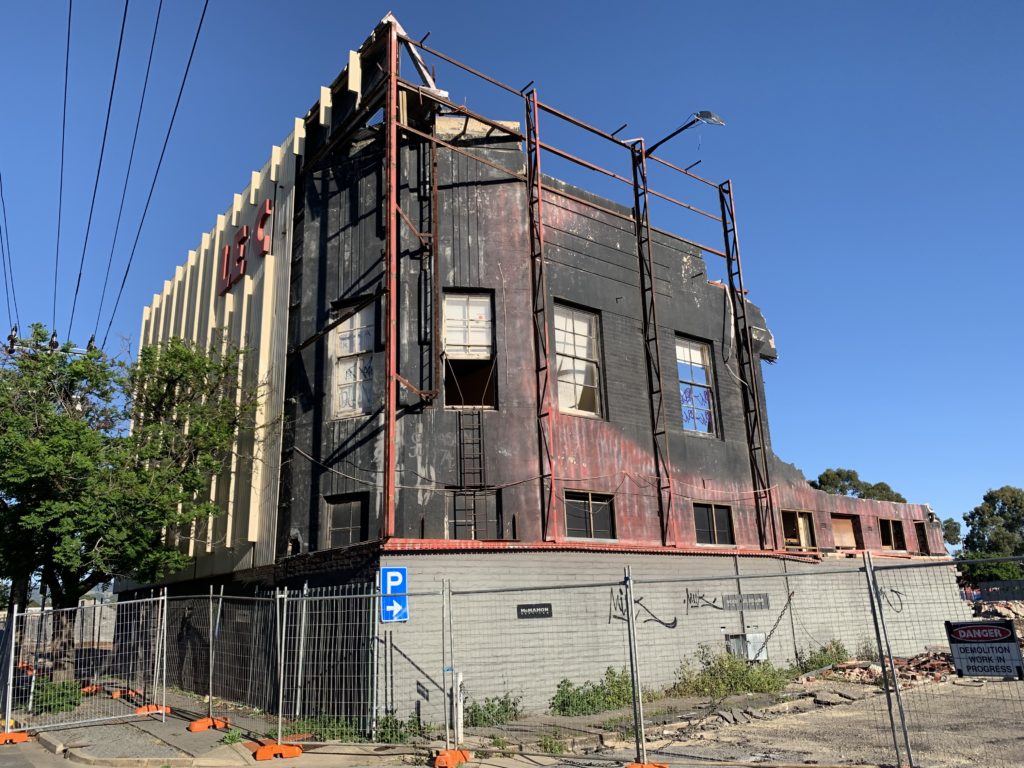
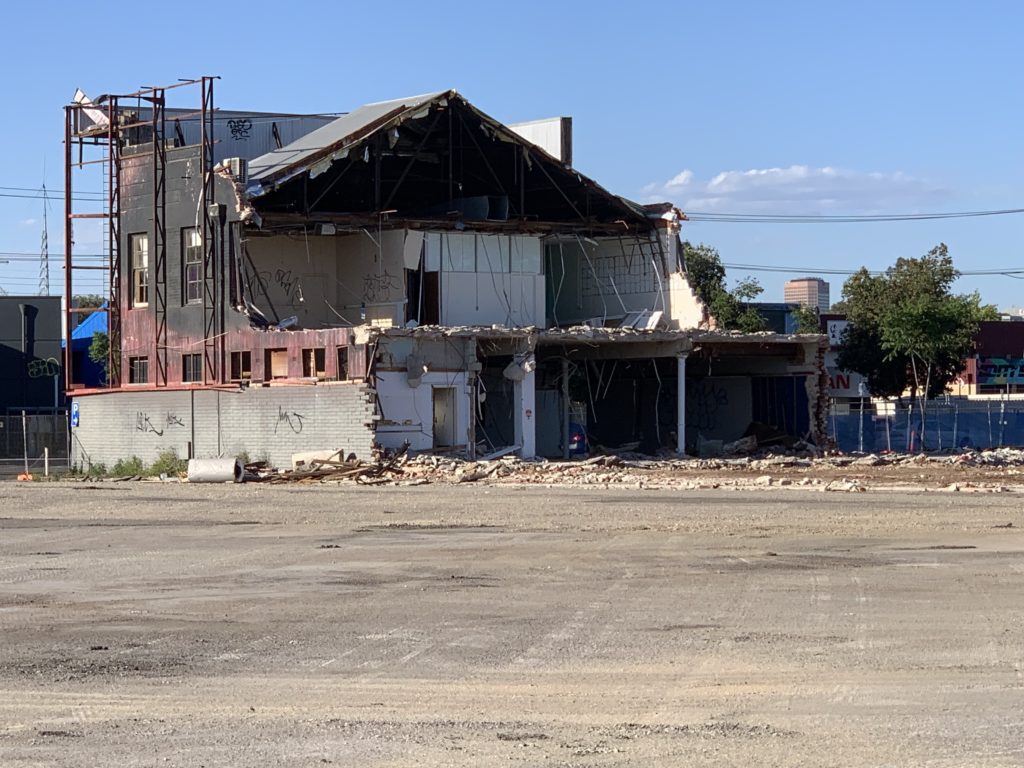
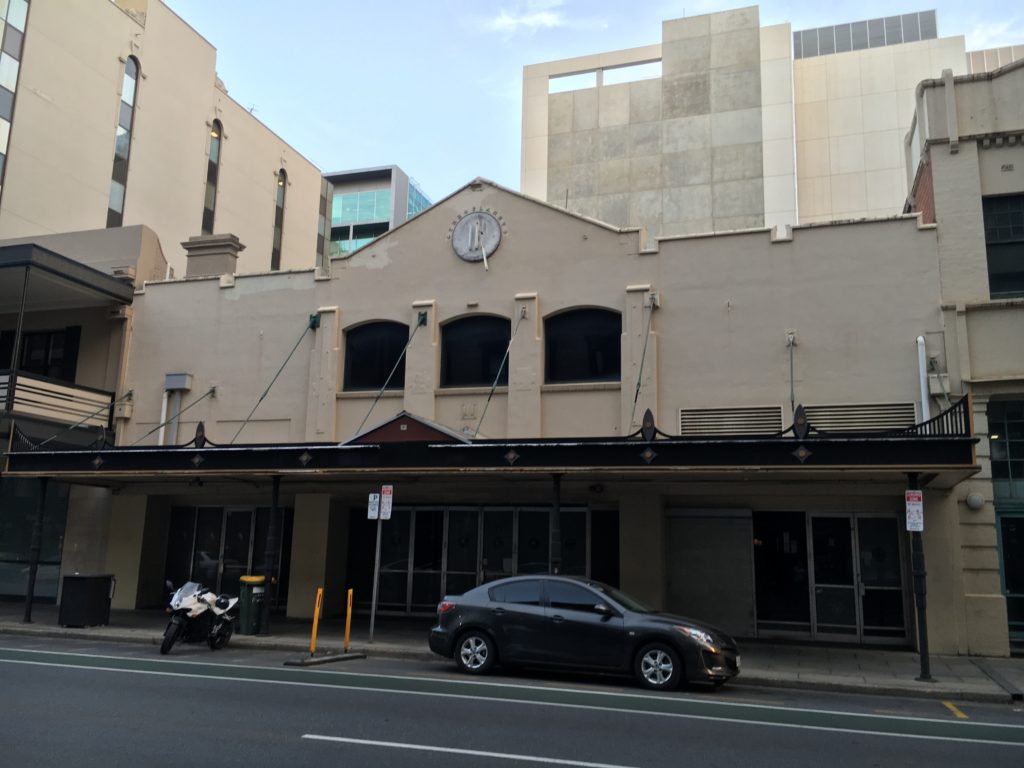
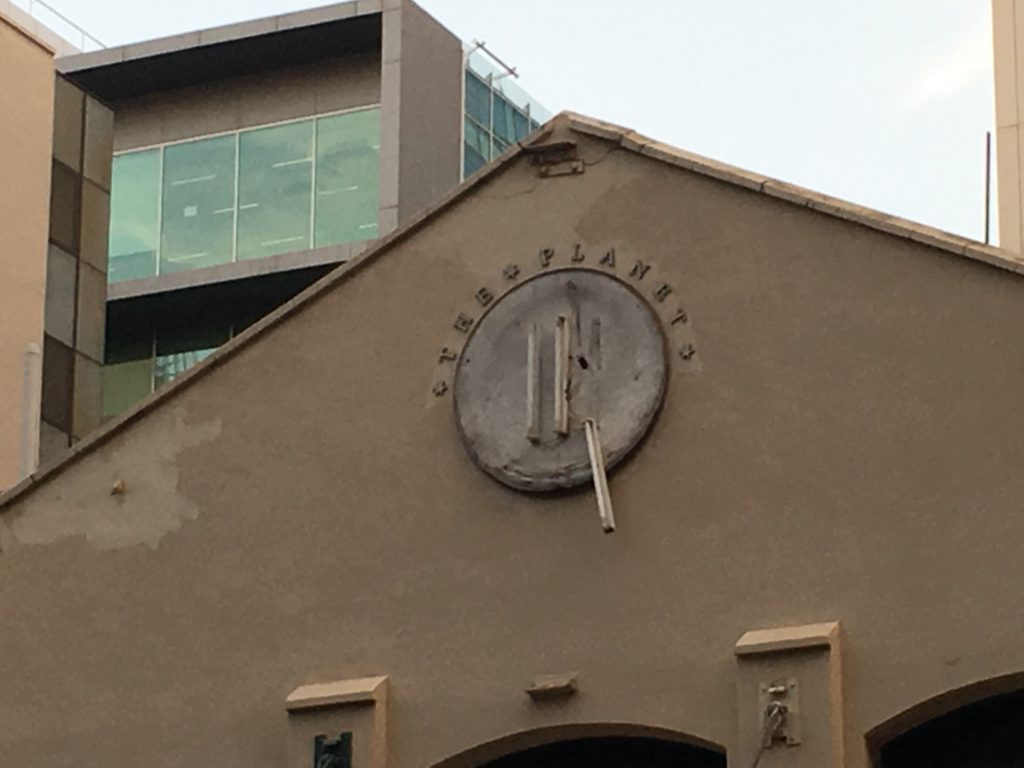
 At last – the signs of spring. Our ornamental pear trees, which are planted along a side fence at the front of the house, have started to leaf out. They lost their foliage a lot later this year, and so I figured there would be delay in their blooming. For some reason, I got more anxious as the days went by with not a sign of a bud or leaf. In the backyard, Japanese Box planted late last year as a border hedge in the raised garden seems to be growing by the day – well, except for the individual plants that yellowed and died early, but which I didn’t pull out as a rallying cry for the other plants to avoid the same fate.
At last – the signs of spring. Our ornamental pear trees, which are planted along a side fence at the front of the house, have started to leaf out. They lost their foliage a lot later this year, and so I figured there would be delay in their blooming. For some reason, I got more anxious as the days went by with not a sign of a bud or leaf. In the backyard, Japanese Box planted late last year as a border hedge in the raised garden seems to be growing by the day – well, except for the individual plants that yellowed and died early, but which I didn’t pull out as a rallying cry for the other plants to avoid the same fate.
